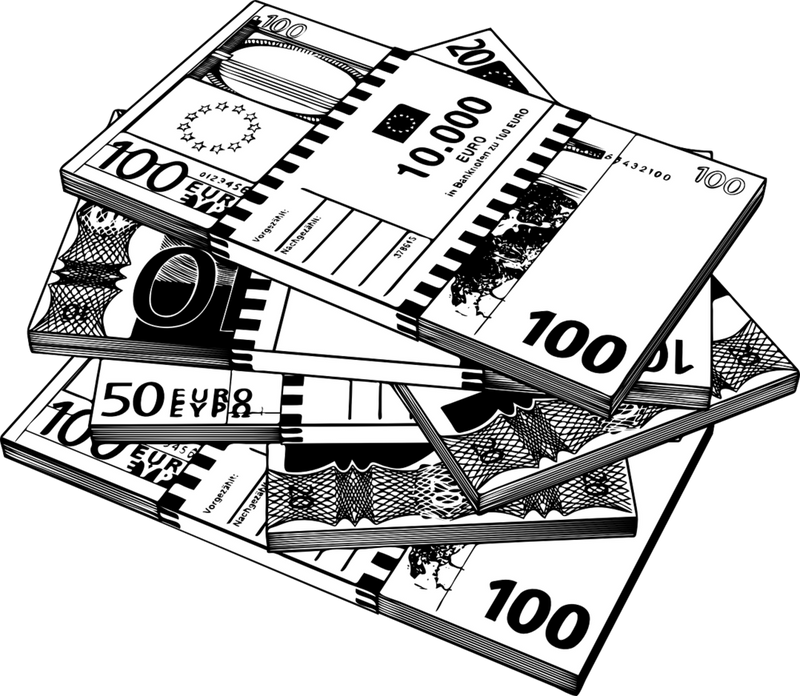
We've found ourselves talking about millions, billions and trillions a lot lately. If we are going to talk about it in Spanish, we should remember that billions and trillions are not the same as billones and trillones. Here’s how it works:
First of all, we should remember that in several Spanish-speaking countries, people use a point as the thousand separator, as per the central European tradition, and in some countries people use a comma, like in English-speaking countries. The Association of Academies of the Spanish Language currently recommends using a space, so it’s unambiguous. We’ll follow those guidelines in this article.
The main thing with big numbers in Spanish is we don’t change units until we run out of sub-units. Both in English and in Spanish, a million has 6 zeros. Seven zeros is 10 million. Eight zeros is 100 million. But when we add another zero, in English we switch to a billion, while in Spanish we call that a thousand million. We call 10 zeros ten thousand million, and 11 zeros a hundred thousand million. When we get to 12 zeros, we switch to un billón, which is a million times a million, or a trillion in English.
If this seems a little confusing, let’s look at it in a structured way:
One million: 1,000,000
Un millón: 1 000 000
Ten million: 10,000,000
Diez millones: 10 000 000
A hundred million: 100,000,000
Cien millones: 100 000 000
A billion: 1,000,000,000
Mil millones: 1 000 000 000
Ten billion: 10,000,000,000
Diez mil millones: 10 000 000 000
A hundred billion: 100,000,000,000
Cien mil millones: 100 000 000 000
A trillion: 1,000,000,000,000
Un billón: 1 000 000 000 000
But don’t you have trillions in Spanish? We do, but it’s a much bigger number:
Un trillón = 1 000 000 000 000 000 000 (eighteen zeros!). In English, this would be called a quintillion.
The whole point of this is we should be careful when translating numbers from English to Spanish and vice versa. When we read “Senate approves $2 trillion stimulus package” we should be careful not to say trillones in Spanish, and say instead “el Senado aprueba un paquete de estímulos de 2 billones de dólares.” In a similar manner, when we read “la Unión Europea prepara un paquete de estímulos de 400 000 millones de Euros” we should translate it as “the European Union prepares a 400-billion-euro stimulus package.”
Here are some headlines you can try to translate in your head:
El Banco de España eleva a 65 725 millones el rescate a la banca y da por perdidos otros 300 millones en Bankia (El Mundo, 20 de noviembre de 2019).
En casi 4 años, la deuda externa aumentó más de 100 000 millones de dólares (Clarín, 19 de diciembre de 2019).
Invertirá Pemex 1.1 billones de pesos en este sexenio (El Universal, 14 de enero de 2020).
Google owner Alphabet becomes trillion-dollar company (The Guardian, January 17, 2020).
How the Fed’s Magic Money Machine Will Turn $454 Billion Into $4 Trillion (The New York Times, March 26, 2020).

Dan Berges is the Managing Director of Berges Institute, and author of The Graf Method for Spanish Language along with Vanessa Montilla.